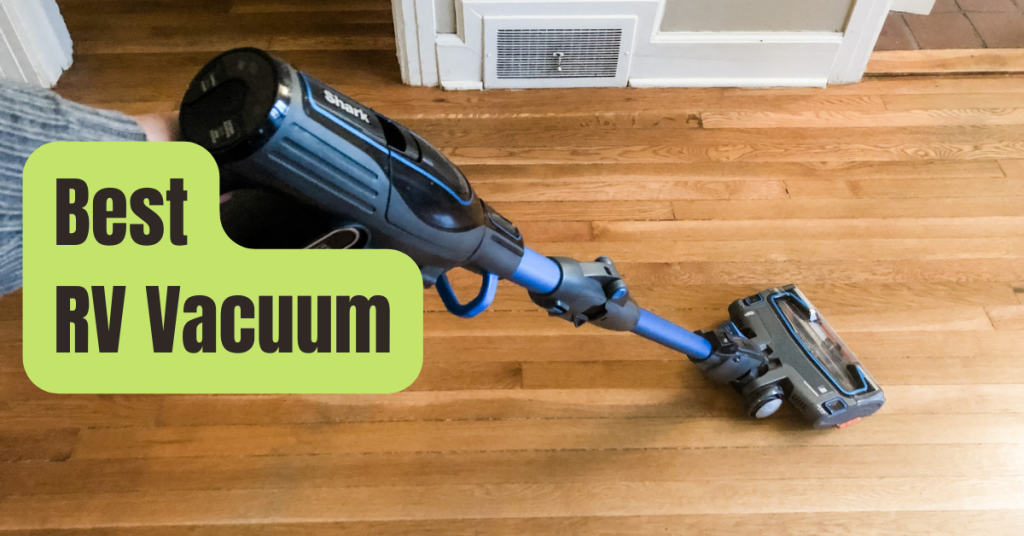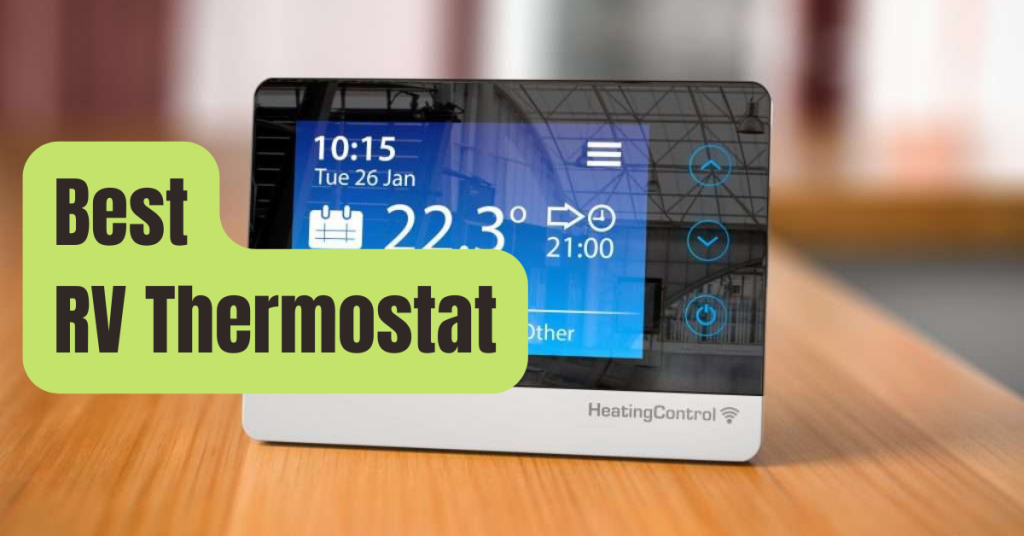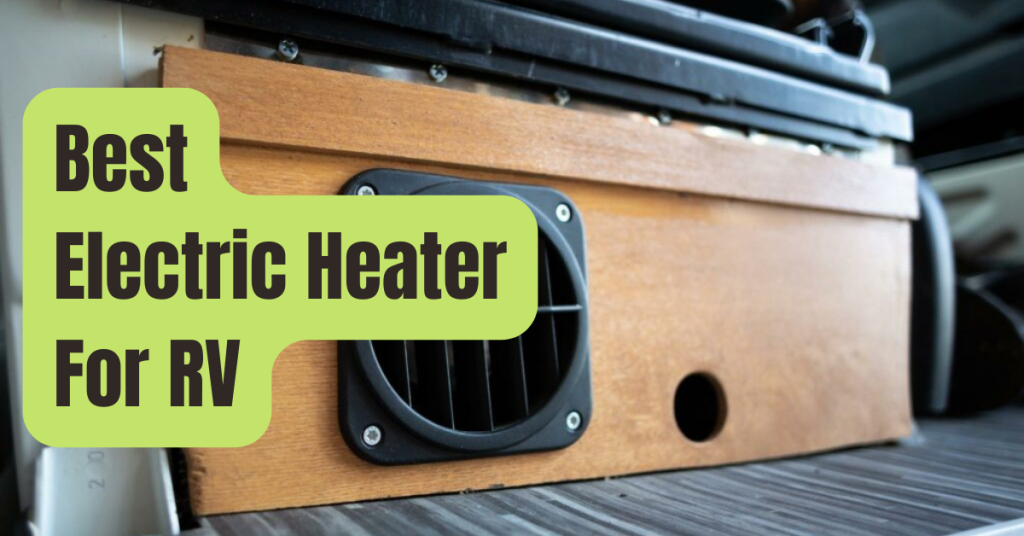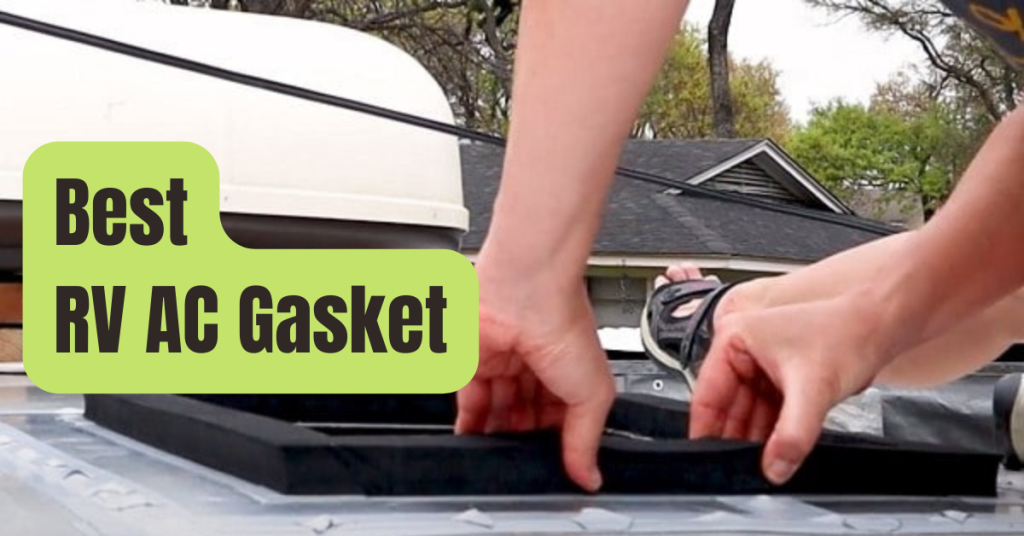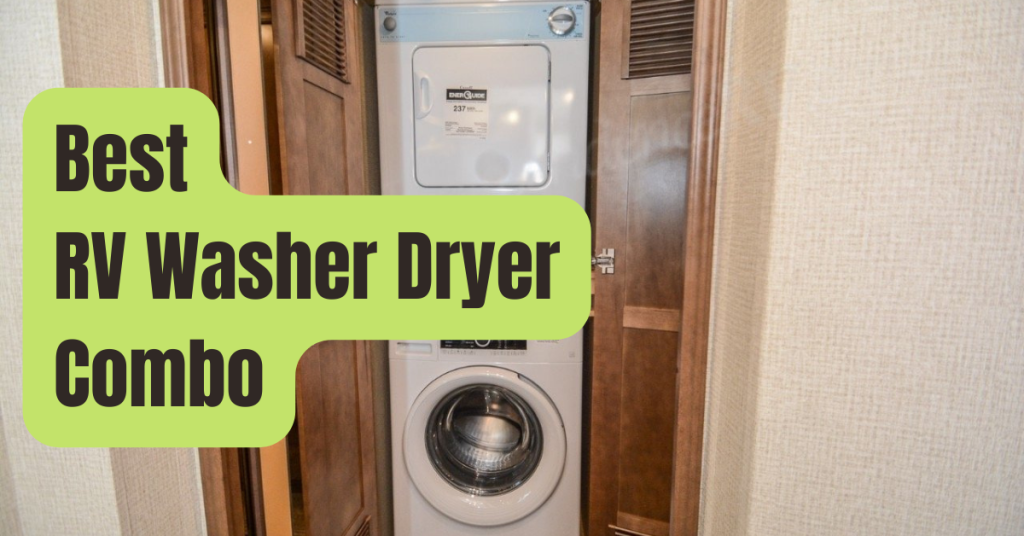A space with too much moisture may experience water damage or the growth of mold or mildew.
Dehumidifiers may guard against musty odors and preserve clothing, wallpaper, electronics, and other belongings by lowering excessive humidity.
Dehumidifiers may need to be of a variable size to function most effectively in rooms with differing sizes and degrees of humidity.
With the help of this advice, you can choose the ideal dehumidifier size for your home.
Dehumidifier Operation
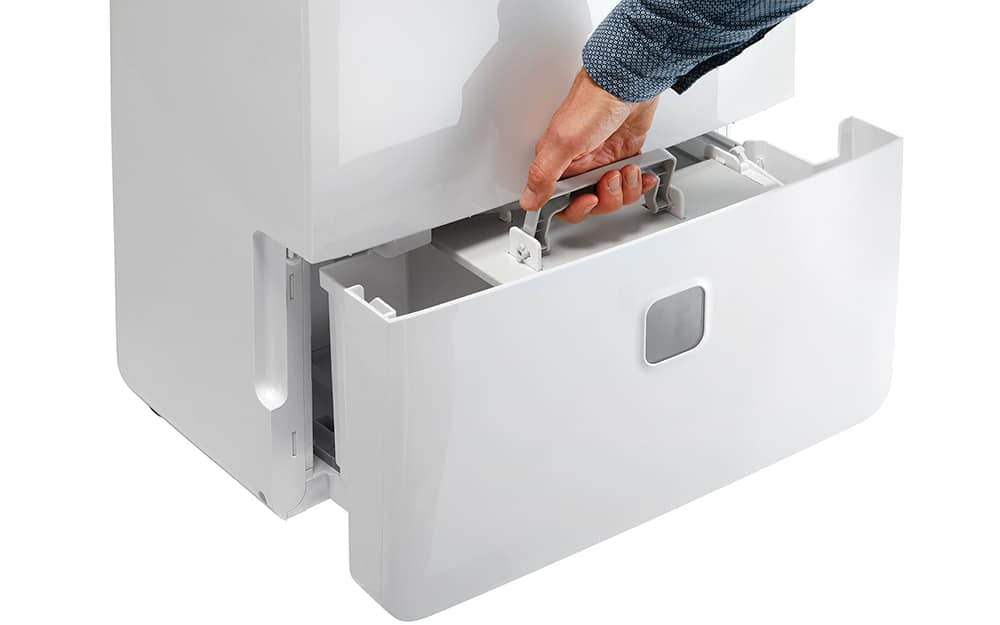
Dehumidifiers remove moisture from the air to control humidity.
With the help of condensation, cooling coils in the dehumidifier remove moisture from the air when wet air is drawn across them by a fan.
The space is then refilled with warmer, drier air thanks to the dehumidifier’s heat recovery technology.
In some types, the water circulates out of the appliance or is collected in a detachable drip pan or reservoir.
- A humidistat, which measures and controls the relative humidity (rh) in a space, is a common feature of dehumidifiers. In the summer, a rh of 50% is suggested, whereas in the winter, a rh of 30% is appropriate.
- If excessive humidity is an issue throughout your home, a whole-house dehumidifier can be required. Some are small, transportable gadgets, while others are integrated into your HVAC system and work as a component of it.
- Desiccant dehumidifiers are designed to take moisture out of the air without utilizing condensation by employing chemicals. They produce less humidity and are often quieter than other dehumidifiers, but they also have a smaller capacity, a stronger scent, and are less cost-effective.
Examine The Humidity In The Space.
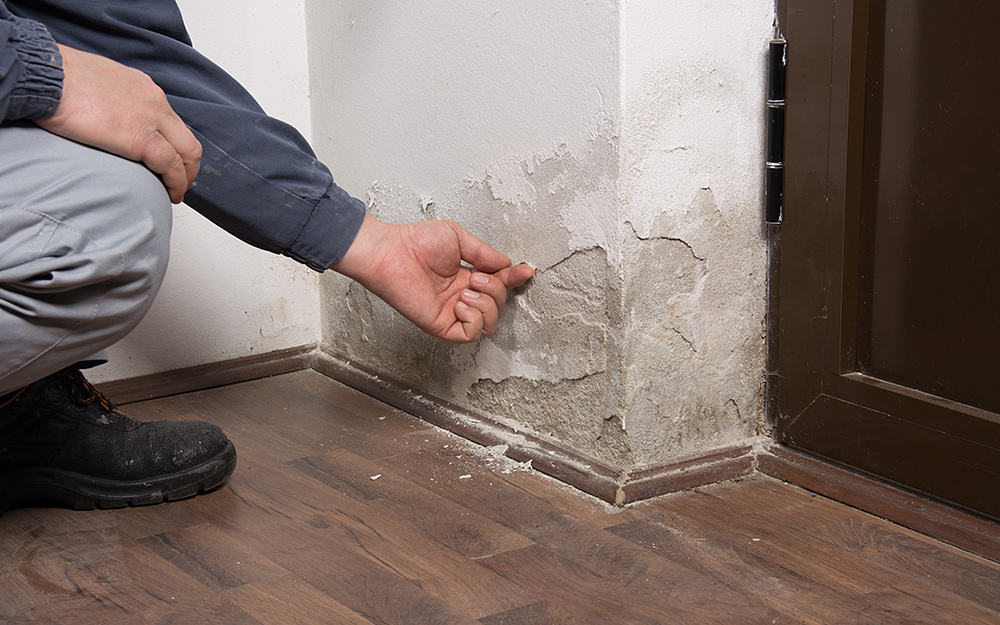
A dehumidifier may be required if there are moist surfaces or a persistent musty smell in the room.
A dehumidifier may need to work harder in a severely wet environment than in a somewhat damp one.
To determine the amount of moisture in a space, use a humidity meter or consider the following basic factors:
- If a room sometimes feels wet or clammy, has a musty odor, or both, it is deemed to be damp.
- If a room is consistently moist and musty, it is highly damp.
- If the ceiling or walls sometimes have apparent condensation, the area is moist.
- If there is persistent, obvious condensation or standing water in an area, it is extremely wet.
Note: Resolve the cause of the extra moisture in the room by fixing leaks or cleaning the lint filter in the dryer, for example.
Size the Room by Measuring

Determine the size of the humidifier you need by measuring the room’s measurements after you’ve decided that it has an excessive amount of humidity.
Measure the room’s length and breadth using a tape measure to establish its square footage.
For instance, a space that is 12 feet by 12 feet will be 144 feet square.
Comparison Of Dehumidifier Size Based On Room Size And Moisture Content
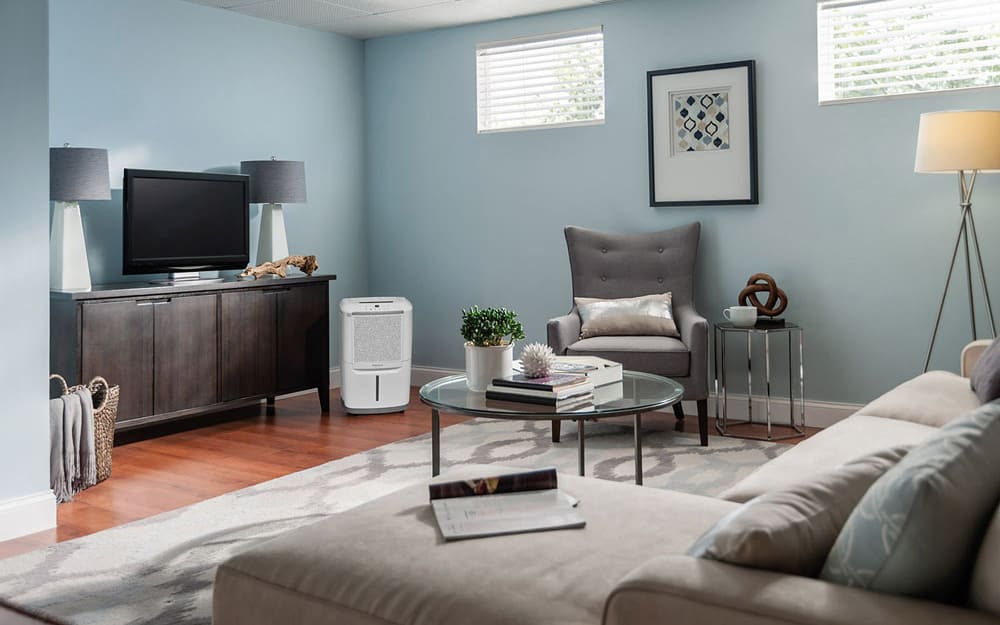
A 30-pint humidifier is certified to remove 30 pints of moisture in a day since dehumidifier capacity is measured by the quantity of moisture removed in 24 hours.
In the following circumstances, use a 30-pint dehumidifier (or one with a 24- to 39-pint capacity):
- Damp 500–1,500 square foot rooms
- Very moist 500–1,000 square foot rooms
- 500 square foot moist and severely wet quarters
Use a 50-pint dehumidifier (or one with a capacity of 40 to 59 pints) in the following circumstances:
- Damp 2,000–2,500 square foot rooms
- Very moist 1,500–2,000 square foot rooms
- 1,000–1,500 square foot wet rooms
- 1,000 square feet of very moist rooms
In the following situations, use a dehumidifier with a capacity of 70 pints (or one with 60 pints or more):
- Very wet 2,500 square foot rooms
- 2,000–2,500 square foot wet rooms
- 1,500–2,500 square feet of very moist rooms
Other Considerations When Selecting Dehumidifier Size
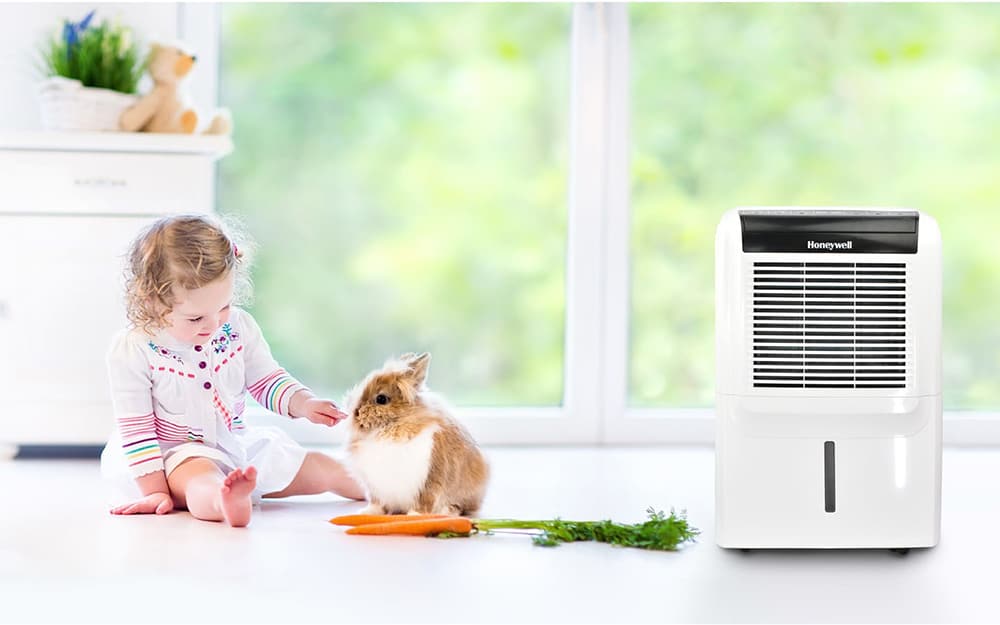
When choosing the right dehumidifier size, take into account the following elements that may also affect the room’s humidity:
- If your house is in a humid area, increase the suggested volume by 10 quarts.
- Add 5 pints if there are several occupants or individuals who frequent the space.
- Add 5 pints if the room has several windows or entrances.
- Add 5 pints if there is a washer/dryer in the room or close by.
Advice: Occasionally, having a dehumidifier that appears a little bigger than you need might be beneficial.
You may use it at a lower setting to potentially use less power and minimize your energy costs.
A dehumidifier with a lower operating temperature also produces less noise.
The formation of mildew and mold as well as the attraction of roaches, spiders, and other insects that favor damp conditions may all be caused by high humidity levels in your house.
You can easily manage humidity in your basement, laundry room, or other interior area by selecting the appropriate size dehumidifier.
You could also think about renting a dehumidifier to finish the endeavor.
You won’t need to keep it or do any maintenance; just use it once and then return it back.


